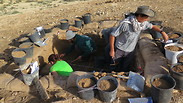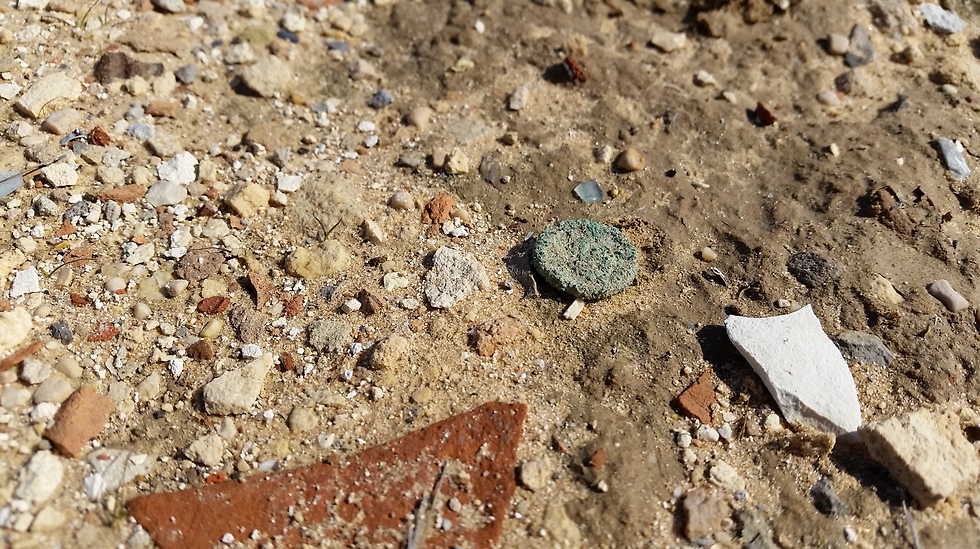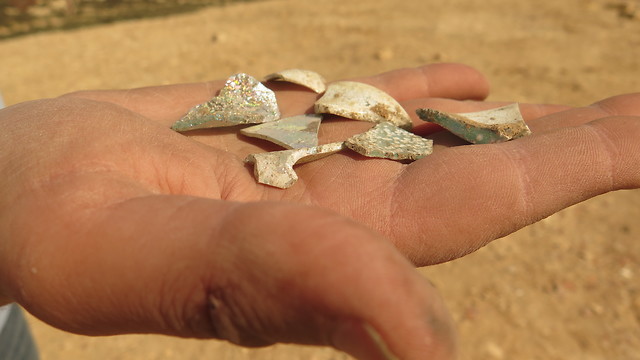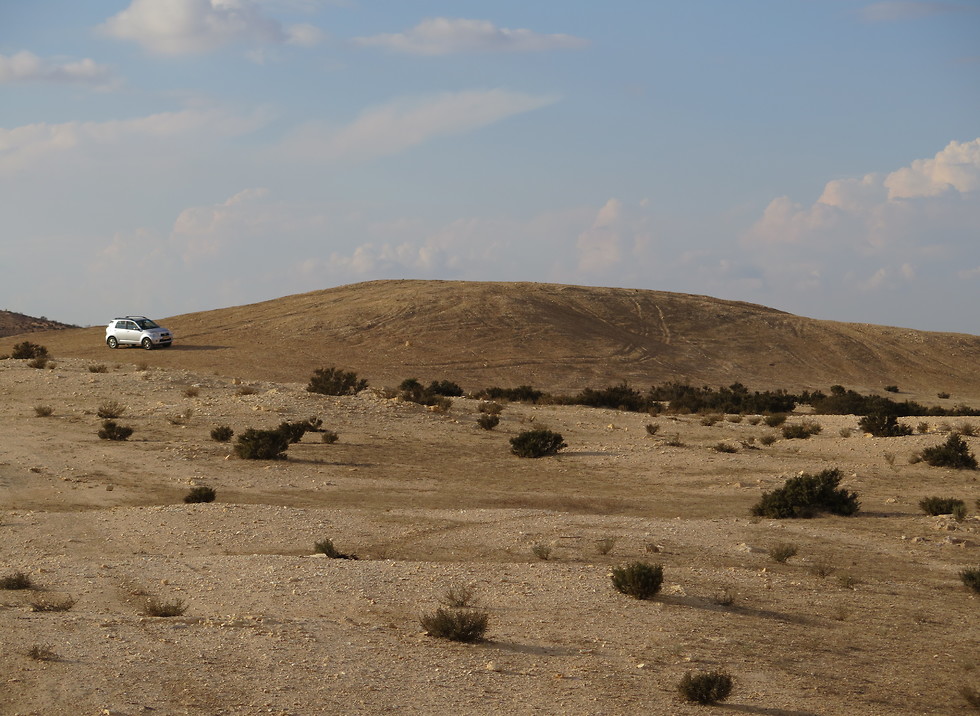
It's the Byzantine economy, stupid: can garbage reveal the fate of the Negev's glorious ancient cities?
For decades, archeologists believed it was Islamic conquest and climate change that sealed the destiny of once blooming Byzantine communities; now, a study looking into 200 years of trash tells a different tale — one of lost civilizations
For years, scientists believed it was the 7th century Islamic occupation alongside climate change that ended Byzantine communities; however, archaeologists from the Haifa University say in a recent article in PNAS (Proceedings of the National Academy of Sciences of the United States of America), they have discovered it was an economic crisis that caused the downfall of these once flourishing civilizations.
The Negev Byzantine communities thrived between the 4th and 7th centuries CE. Both cities and small settlements practiced extensive agriculture; Elusa, the Negev’s capital, alongside Shivta, Avdat and Nitzana. Elusa was home to extravagant churches, a theater, bath houses municipal building and more. It was surrounded by towns and villages that traded with its people and used its services.
The Byzantine prosperity is still evident today: when walking through the Negev, one stumbles upon Byzantine finds everywhere. Distinct pottery that attests to the vibrant trade in oil, wine and other products is scattered across the desert. Some of our modern routes are at times the same ones Byzantines used, marking the easiest passage through the Negev’s terrain. From Gaza, Ashkelon, Elusa and Jordanian hubs across the Jordan Rift Valley — what we today associate with remote army bases, used to be a bustling trading region supporting the Middle East’s needs.
This all ended in the 7th century CE. Many communities collapsed and were abandoned, as evident from the archaeological finds, attesting to the settlements being emptied of their inhabitants.
Researchers believed it was the decrease in rainfall that changed the Negev and its people forever, and assumed it also had to do with the vast Islamic conquests of time. Indeed, shortly after this sweeping crisis, Byzantine pottery was replaced by Islamic designs the Islamic Period takes center stage for centuries. But things are not as simple as once thought to be.
Throughout the years, researchers did not feel these explanations for the Byzantine communities’ downfall were sufficient. Five years ago, Professor Guy Bar-Oz from the Haifa Archaeology Department and head of the Byzantine Bio-Archaeology Research Program of the Negev, set out to look for evidence that can teach us about the reason the Byzantine communities crashed.
Of all places, the answer was hiding in ancient piles of discarded rubbish. Local olive and grape pits, fish bones from the Mediterranean and the Red Sea, bones of livestock and charred grains — some 6,000 cubic meters of garbage that accumulated over 200 were examined by archaeologists.
Using Carbon 14 dating methods, researchers discovered that all the biological remains they had uncovered originated from the first half of the 6th century CE.
“That’s about 100 years before the Islamic conquests,” said Bar-Oz. “The ewtire municipal system starts crashing, and then garbage is no longer discharged outside the city but piles up within it. This attests to a slow decline of the city and the settlements around it throughout decades. It totally contradicts what we thought — that Byzantine communities disappeared abruptly.”
Researchers now offer a new theory: climate change in Europe started around 540 CE and caused a financial breakdown in the major city of Constantinople - modern day Istanbul and the capital of the Byzantine Empire. This coincides with other studies that reveal that the plague also struck the city at about the same time, severely weakening its status.
The decline of the capital quickly hampered the economy in the empire's periphery — the Negev region. “There were less people to buy the Negev products," said Bar-Oz. “It made the communities decline slowly.”
These processes signaled the end of the Christian golden age of pilgrimage, agriculture and trade that the region enjoyed. It was replaced by a no less glorious period, however far less researched — the Islamic Period, whose caliphates ruled the region up until our very own 20th century.















